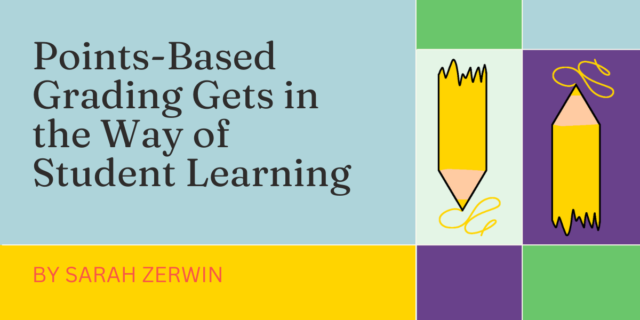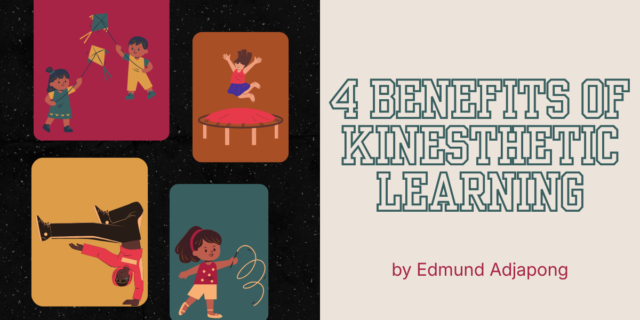
Complexity is not merely about dense text, Lexile level, or technical vocabulary. Complexity is about ideas, not merely words. Complexity resides in issues and problems with multiple perspectives that can be presented in myriad ways. The reader’s background knowledge—prior knowledge and experience--—is the greatest factor in whether a text is complex or not. In fact, complexity is in the eye (or mind) of the beholder.
by Stephanie Harvey and Anne Goudvis
Research has long supported the strong relationship between background knowledge and school learning (Anderson & Pearson 1984). Nothing colors our learning and understanding more than what we bring to it, especially in content reading. David Perkins advocates for the power of knowledge, suggesting that “[k]nowledge does not just sit there. It functions richly in people’s lives so they can learn about and deal with the world” (Perkins 1992). After all, what is education for if it isn’t about learning and understanding the world?
Unfortunately, rather than tackling real stuff in disciplines such as economics, history, and ecology, schools seem to feel obligated to cover a “mile-wide, inch-deep, one-size-fits-all” curriculum that is of little to no use outside of the classroom. Too often textbooks become the default curriculum. When they do, Diane Ravitch (2010) notes that students get “boring, abbreviated pap in the history textbook that reduces stirring events, colorful personalities and riveting controversies to… a few leaden paragraphs” (237). From our perspective, nothing could be more inside-out and backward. It is reading about fascinating events, ideas, and issues that motivate kids to read more and better.
History and science, more than many subjects, demand that students have a context for their learning. In history, students need to understand the essential ideas that emerge within a larger time span. Science understanding is built upon knowledge of certain vocabulary and concepts that provide a foundation for further understanding.
The lessons and practices in our forthcoming book, Content Literacy: Lessons and Texts for Teaching Comprehension Across the Curriculum, give students the tools they need to read the complex text they come across when reading in the content areas. We hear a lot about complexity these days, particularly complex text. Complexity is not merely about dense text, Lexile level, or technical vocabulary. Complexity is about ideas, not merely words. Complexity resides in issues and problems with multiple perspectives that can be presented in myriad ways. The reader’s background knowledge—prior knowledge and experience—is the greatest factor in whether a text is complex or not. In fact, complexity is in the eye (or mind) of the beholder.
One of the main reasons we teach strategies is to hurdle the background knowledge gap. The more complex the text, the more strategic the reader needs to be. In content reading, we are apt to encounter unfamiliar information and new ideas, so inferring, activating background knowledge, and questioning all help readers overcome the background knowledge void. As David Pearson (2006) so aptly says, “Today’s new knowledge is tomorrow’s background knowledge.”
Reading, writing, and thinking across disciplines promotes literacy in the broadest sense of the term. We’d argue that life in the twenty-first century demands that kids build their knowledge store about the world so that they read, listen, and view with a critical eye and a skeptical stance. They mustn’t swallow whole everything they read, view, and hear. They need to be ready, willing, and eager to engage in dialogue at school, at home, and at work. Above all, they must continually ask questions to become informed, engaged, thoughtful citizens. Eleanor Roosevelt punctuates the point. “Every effort must be made to teach the young to use their own minds," she says. "For one thing is certain, if they don’t make up their own minds, someone will do it for them” (Roosevelt, in Beane 2005).
Our forthcoming book, Content Literacy: Lessons and Texts for Comprehension Across the Curriculum, provides content literacy lessons designed to teach students ways to get the most out of their nonfiction reading so they can build content knowledge and actively use it. The lessons engage students in analysis, synthesis, critical reading, and thinking across the curriculum. They are not defined by strategy, but instead integrate several comprehension strategies which build on the original lessons in The Comprehension Toolkit.
Click here to receive updates on Content Literacy: Lessons and Texts for Teaching Comprehension Across the Curriculum as well as the release of the second edition of The Comprehension Toolkit in early 2016.
♦ ♦ ♦ ♦
Anne Goudvis and Stephanie Harvey have enjoyed a fifteen-year collaboration in education as authors and staff developers. They are coauthors of Heinemann’s curricular resource series The Comprehension Toolkit.


